1,576 days, 2,409 entries ...
Newsticker, link list, time machine: HOLO.mg/stream logs emerging trajectories in art, science, technology, and culture––every day
May 2022
“For me the phrase was the perfect title for the exhibition, encompassing why Amazon is such a ruthless company, and how they make this fact incredibly overt, both to their employees and customer base.”
“Institutional critique is ultimately reimagined for the crisis-ridden present as a praxis of care: a methodology for appraising the frameworks of state governance to ensure they meet the requirements of every citizen.”
Tom Tyler
Game: Animals, Video Games, and Humanity
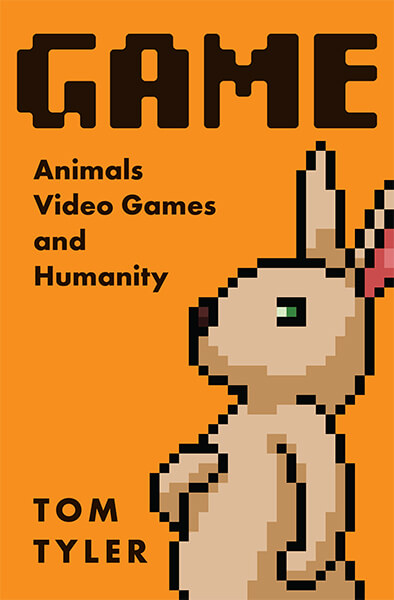
Dave Smith
(1950–2022)
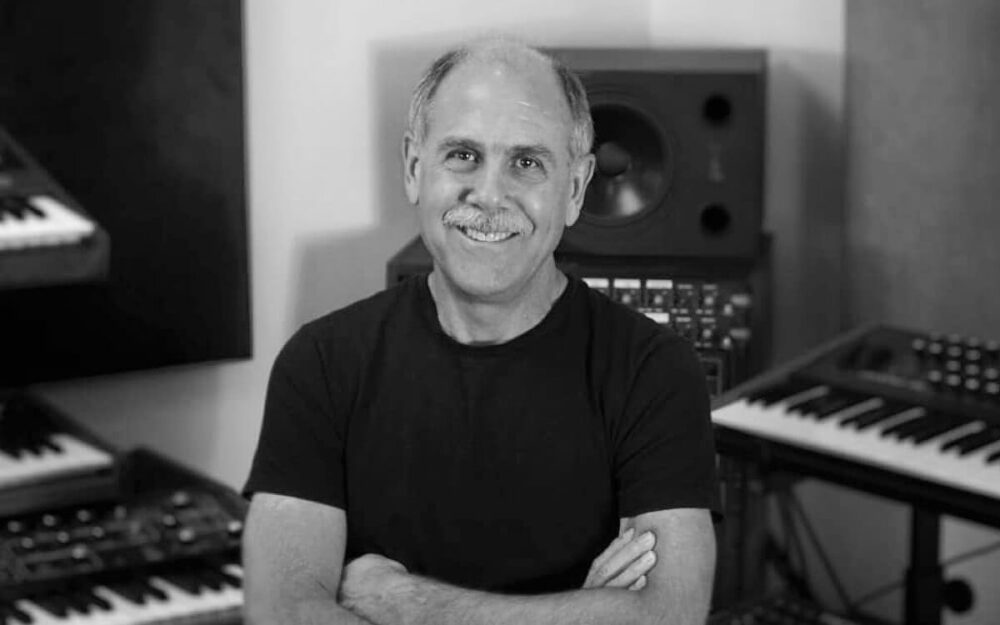
“We’re outsiders, in this together; we’re doing something sort of ridiculous, but also sort of cool. Though DYOR may be used to foster a sense of community, what it actually describes is participation in a market.”
An excavation of the legacy of sci-fi author Octavia E. Butler, American Artist’s solo exhibition “Shaper of God” opens at REDCAT in downtown Los Angeles. Both spent their formative years in the Pasadena region, which the artist translates into ruminations on “technology, race, surveillance, identity, and place” that map Southern California sites inspired by Butler’s novels and life: To Acorn (1984) (2022), for example, is a sculpture resembling the city bus stops that Butler would have waited at.

“Grid Island,” a meta-exhibition questioning “fundamental tasks of a museum such as collection, research, exhibition, and education,” opens at the Seoul Museum of Art (SeMA). Ahram Kwon, SungHong Min, Nicholas Pelzer, contribute works that question boundaries of medium and (time) period; Jungki Beak’s Fusor (2021, image), presents a functioning nuclear fusion device designed in the style of the ganui, a 15th century Joseon Dynasty astronomical instrument.
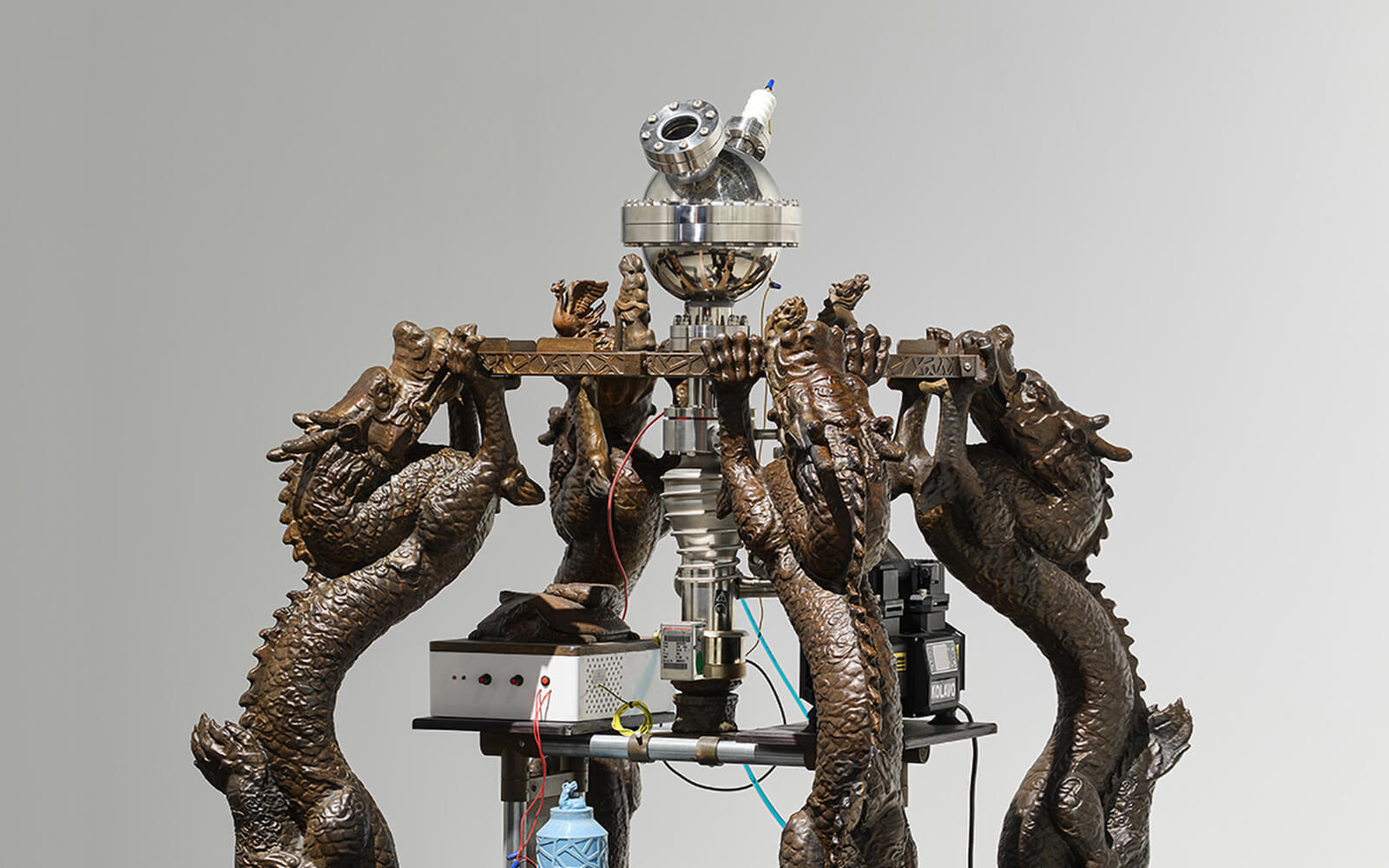
“Another end of the world is possible,” an exhibition featuring Julieta Aranda and collaborators, opens at Milan’s Prometeo Gallery. Featured works include Double Death (2022, image), which explores “notions of infrastructure, and the technologies of life supporting other ideas of time,” and contributions from anthropologist Elizabeth Povinelli and the Karrabing Film Collective that complement the Mexican artist’s preoccupation with ecology and deep time.
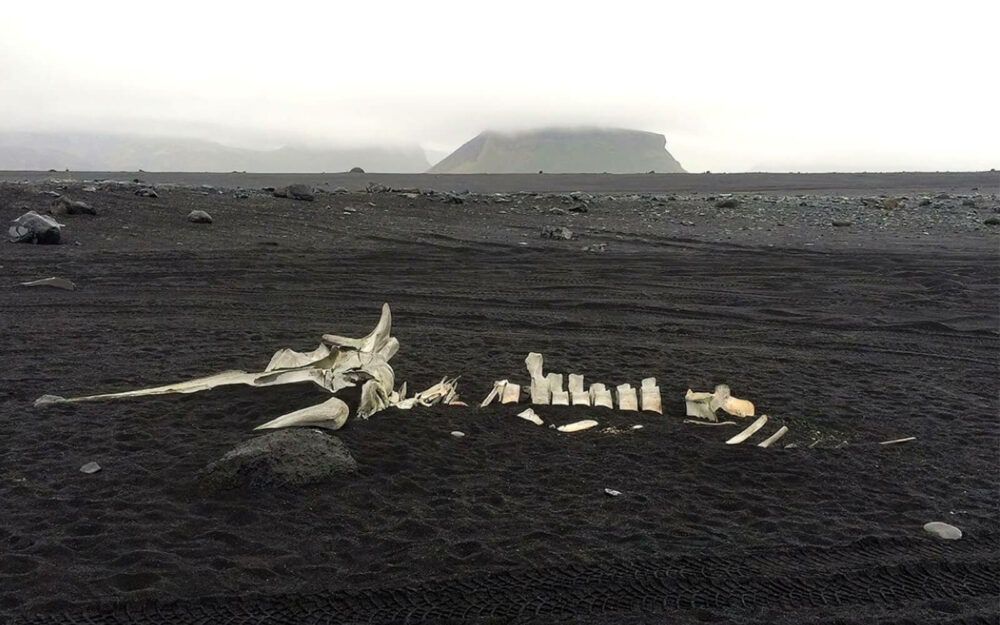
“Humans tended to prefer solutions from other humans over those proposed by algorithms, because they were more intuitive, or were less costly upfront—even if they paid off more, later.”
The latest in the Whitney Sunrise/Sunset series of online art commissions, Sara Ludy’s Tumbleweeds (2022) take over the museum website for 30 seconds twice a day. The project is a “continuously evolving map of light points” that corresponds to Ludy’s work in New Mexico, where the American artist fixes found glass shards to tumbleweeds and releases them back into the wild. Once recorded as short video clips, they are added to Ludy’s ‘star map’ of travelling lights.
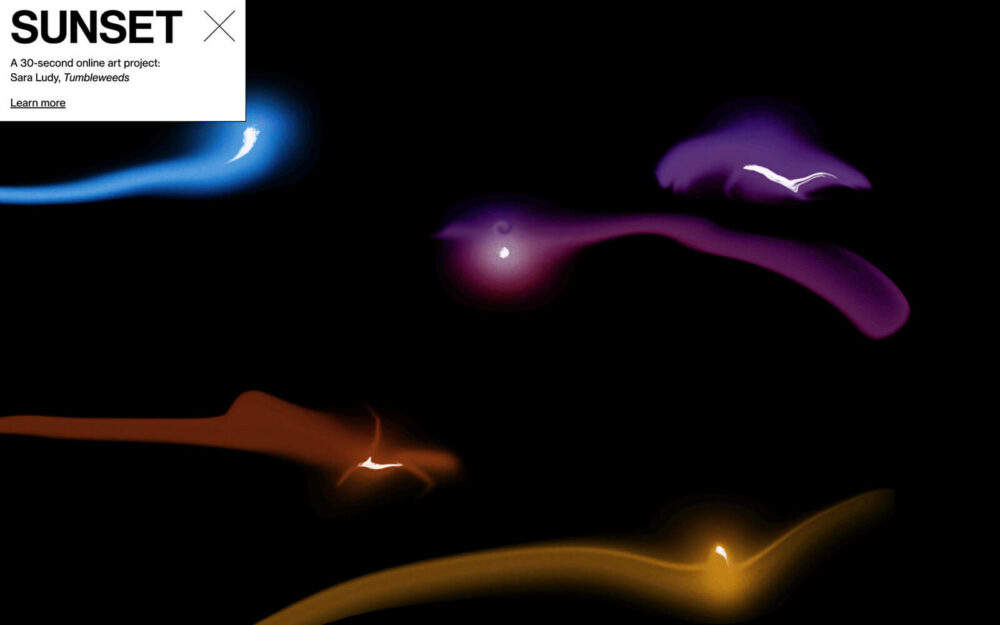
“Responses to his early art were not encouraging: ‘Your electrons are only virtually existing, you cannot touch them. This can’t be art.’”
Ben Grosser’s solo exhibition “Software for Less” opens at Aksioma, Lubljana, as the final chapter of a four-part program on “New Extractivism.” The American artist and programmer whose works examine how clicks, likes, and endless notifications fuel our “appetite for more” presents several recent software provocations that “produce less profit, less data, and fewer users.” Case in point: Minus (2021), a social network that limits users to 100 posts—for life.
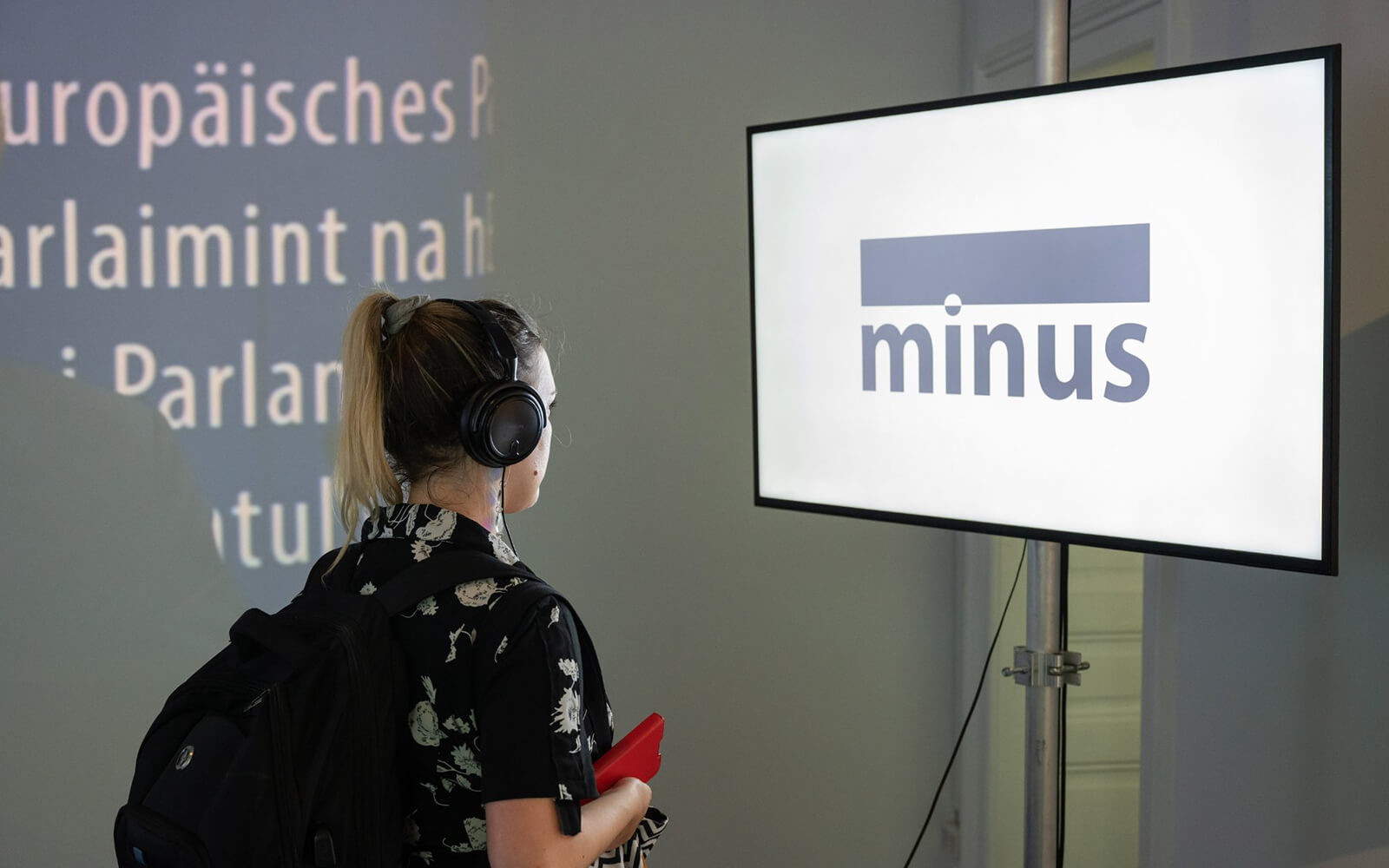
Domenico Quaranta
Surfing with Satoshi
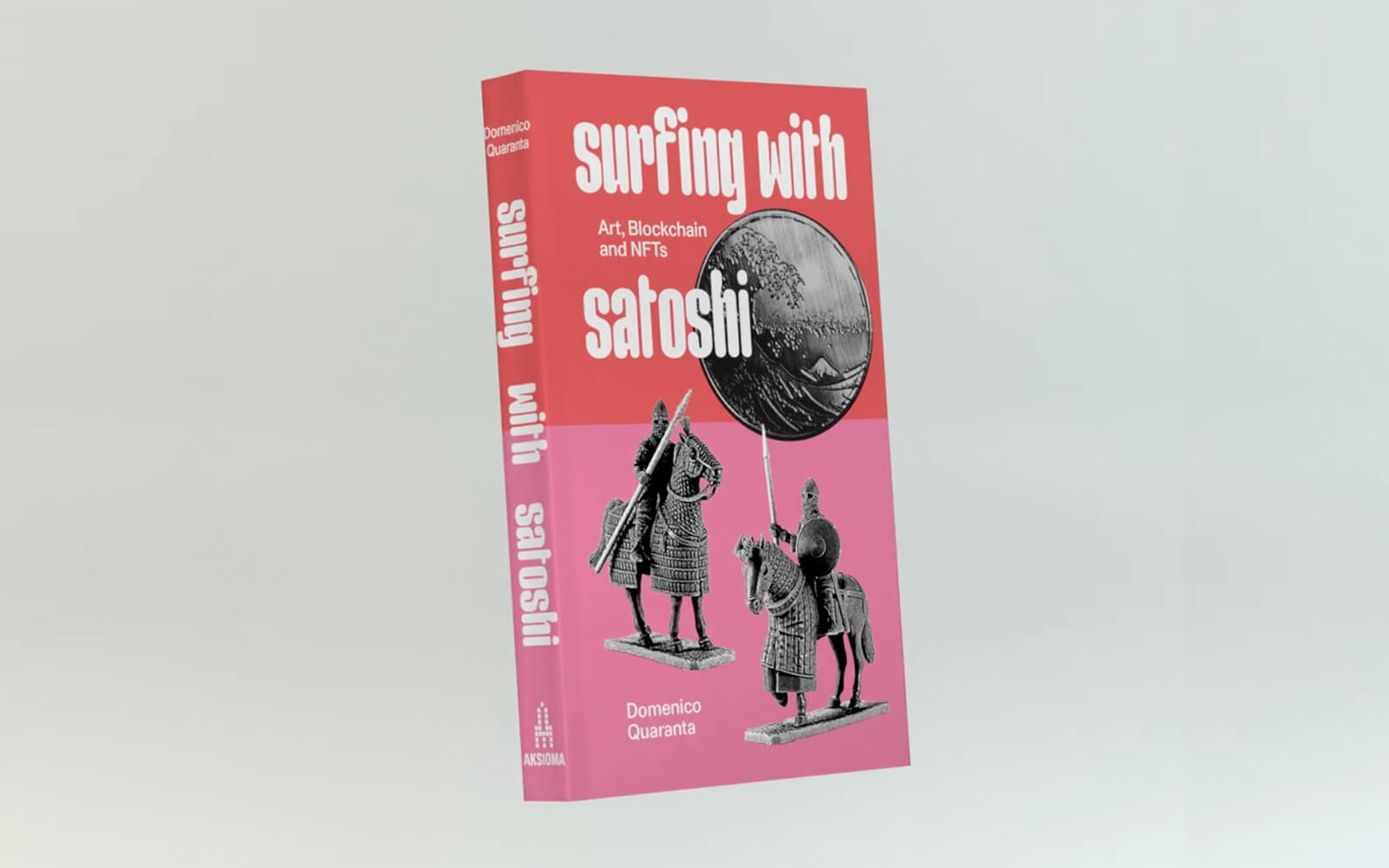
“Emmy’s parroting was convincing: In a 1997 Turing test that set one of Emmy’s ersatz compositions against a Bach-inspired piece written by a music professor and an actual work by the German composer, the audience thought Emmy’s rendition was the real deal.”
“Even if it feels bad, this is an intersubjective connection that social media allows us to feel. We could also call it empathy.”
Athens’ Onassis Stegi returns to Pedion tou Areos park with “Plásmata: Bodies, Dreams, and Data,” a digital art exhibition that explores expanded corporeality. Curator Irini Mirena Papadimitriou gathered works by Morehshin Allahyari, LaTurbo Avedon, Kimchi and Chips, Ekene Ijeoma, SUPERFLEX, Liam Young, and many others that consider bodies as individuals, collectives, human, non-human, and even planetary. (image: SpY, Divided, 2022)
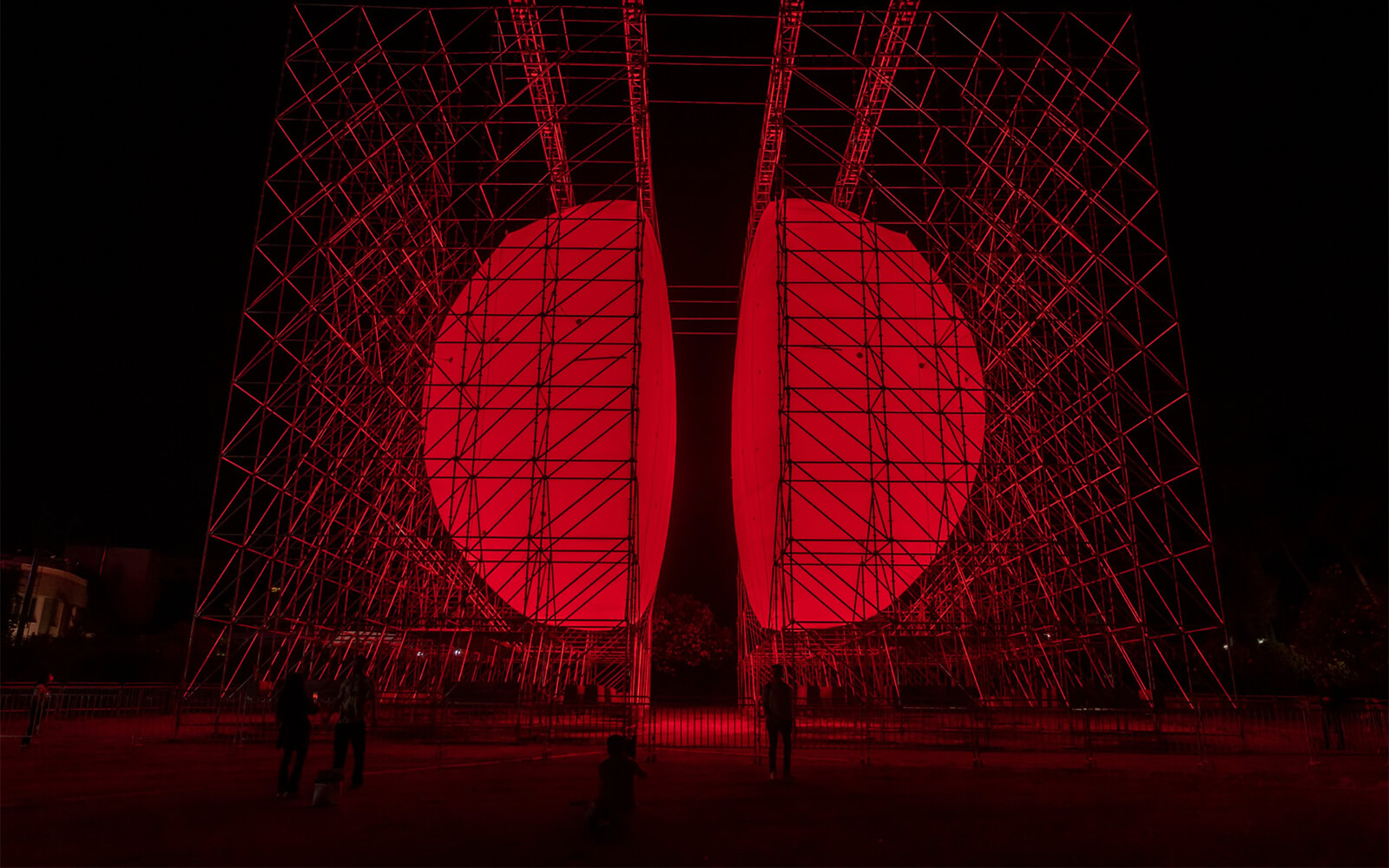
“BREATHLESS,” an exhibition “that considers the urgencies evoked by today’s air crises,” opens at The Power Plant in Toronto. Featuring Flaka Haliti, Marguerite Humeau, Donna Kukama, and Julius von Bismarck, the show deploys video, sculpture, and sound works that foreground the primacy of air and the fragility of the environment. Of note: Humeau’s polemical biomorphic sculptures, which include Waste I – 1 (a respiratory tract mutating into industrial waste) (image, 2019).
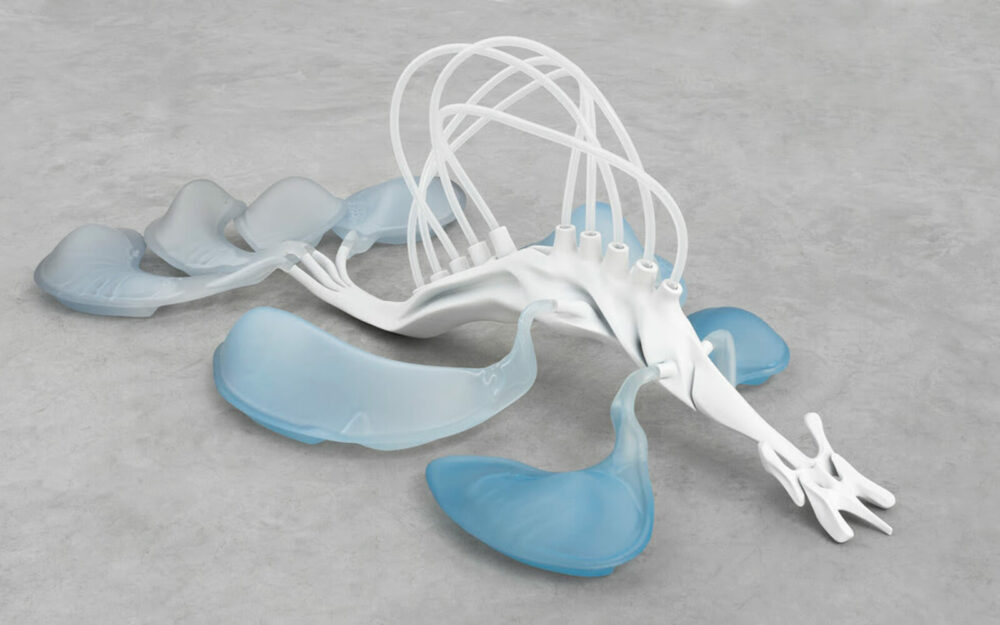
“I want to do a show which is purely about its own financial flows, and the beauty of paying people well. There needs to be an aesthetic around this. An aesthetic of financial fairness.”
Daily discoveries at the nexus of art, science, technology, and culture: Get full access by becoming a HOLO Reader!
- Perspective: research, long-form analysis, and critical commentary
- Encounters: in-depth artist profiles and studio visits of pioneers and key innovators
- Stream: a timeline and news archive with 1,200+ entries and counting
- Edition: HOLO’s annual collector’s edition that captures the calendar year in print
